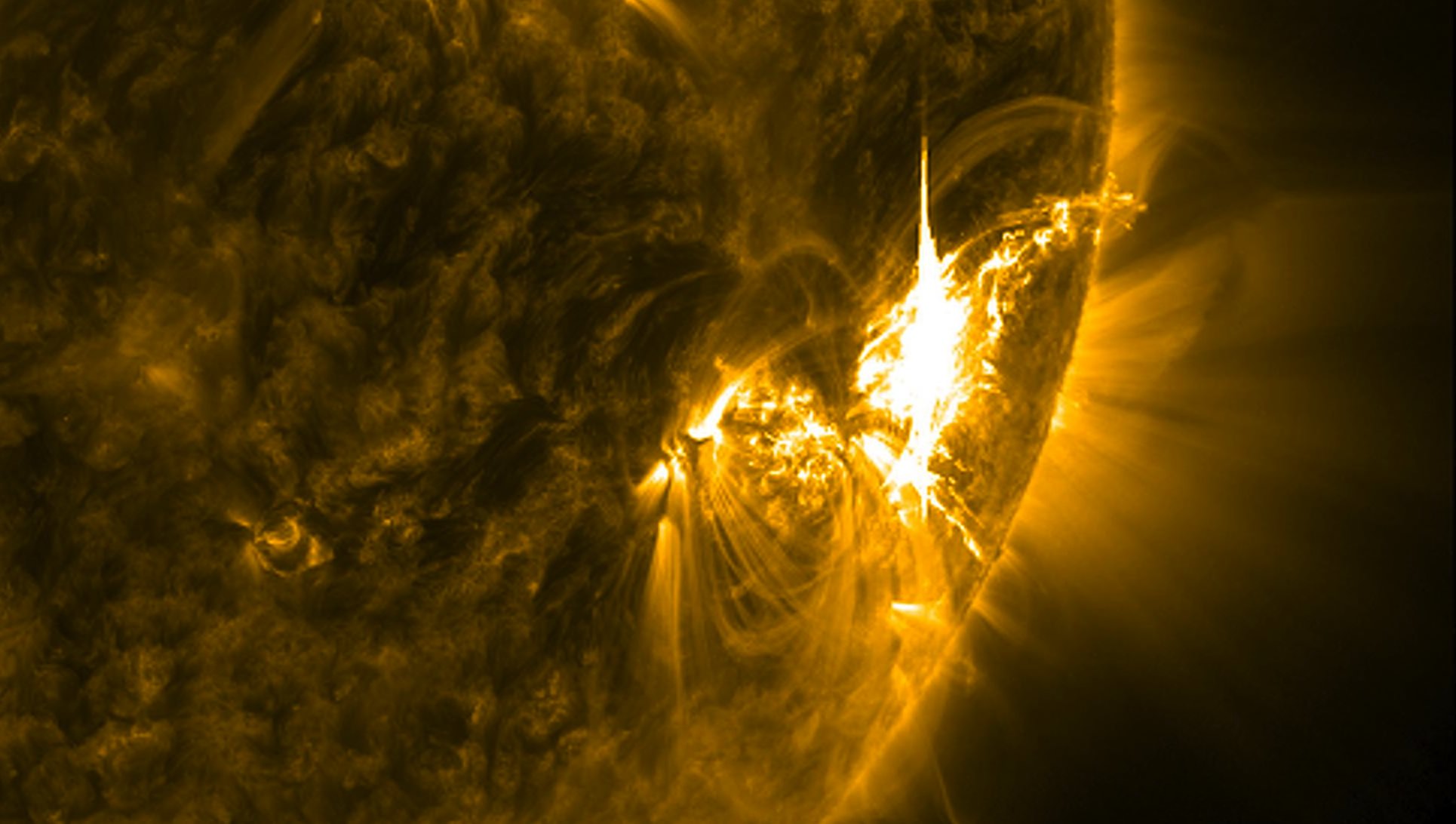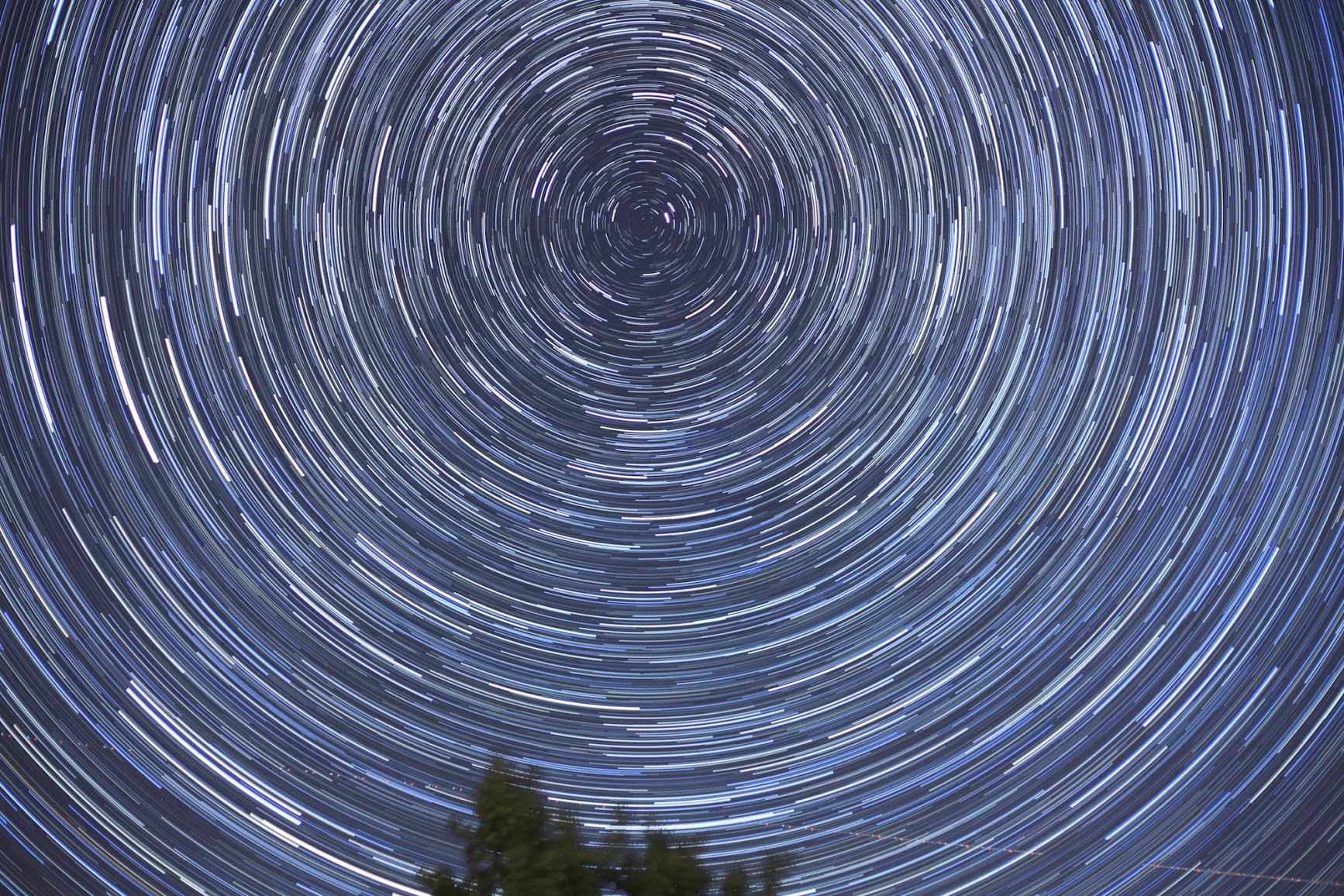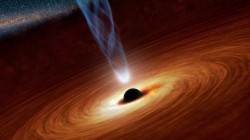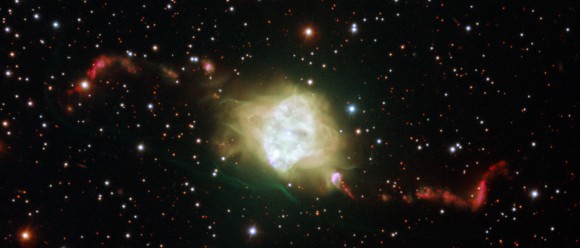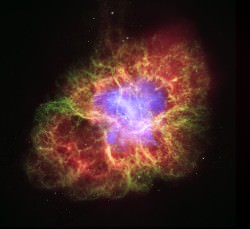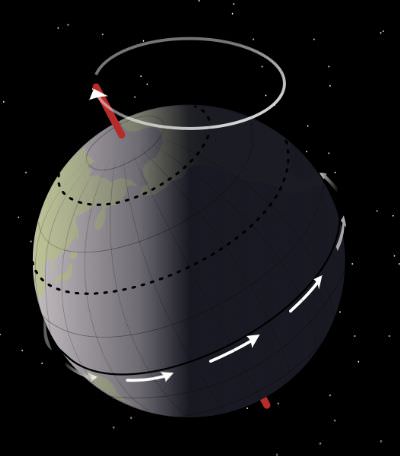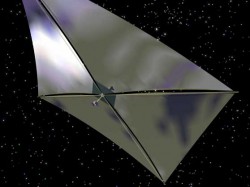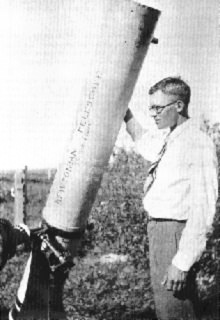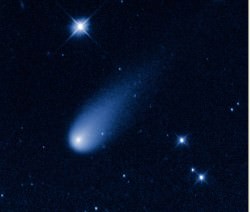Life has existed on Earth for billions of years, appearing shortly after the planet had cooled and liquid water became available.
From the first bacteria to the amazingly complex animals we see today, life has colonized every corner of our planet.
As you know, our Sun has a limited lifespan.
Over the next 5 billion years, it will burn the last of its hydrogen, bloat up as a red giant and consume Mercury and Venus.
This would be totally disastrous for local flora and fauna, but all life on the surface of the Earth will already be long gone.
In fact, we have less than a billion years to enjoy the surface of our planet before it becomes inhospitable.
Because our Sun… is heating up.
You can’t feel it over the course of a human lifetime, but over hundreds of millions of years, the amount of radiation pouring out of the Sun will grow.
This will heat the surface of our planet to the point that the oceans boil.
At the core of the Sun, the high temperatures and pressures convert hydrogen into helium. For every tonne of material the Sun converts, it shrinks a bit making the Sun denser, and a little hotter.
Over the course of the next billion years or so, the amount of energy the Earth receives from the Sun will increase by about 10%. Which doesn’t sound like much, but it means a greenhouse effect of epic proportions.

Plate tectonics will shut down, and all the carbon will be stripped from the atmosphere.
It’ll be bad.
As temperatures rise, complex lifeforms will find life on Earth less hospitable. It will seem as if evolution is running in reverse, as plants and animals die off, leaving the invertebrates and eventually just microbial life.
This rise in temperature will be the end of life on the surface of Earth as we know it.
Still, there are reserves of water deep underground which will continue to protect microbial life for billions of years.
Perhaps they’ll experience that final baking when the Sun does reach the end of its life.
Even a few hundred million years is an incomprehensible amount of time compared to the age of our civilization.
If humanity does survive well into the future, is there anything we could do about this problem?
As the Sun heats up, making Earth inhospitable, it heats up the rest of the Solar System too. Frozen worlds in the Solar System will melt, becoming more habitable.

By carefully steering asteroids so they barely miss us, an advanced civilization could distort the Earth’s orbit, relocating our planet further from the Sun.
As the Sun heats up, our planet would be continuously repositioned so the surface temperature stays roughly the same. Of course, this would be tricky business. Make the wrong move, and you’re facing the frigid cold of the outer Solar System.
So there’s no need to panic. Life here has a few hundred million years left; a billion, tops. But if we want to continue on for billions of years, we’ll want to add solar heating to our growing list of big problems.

